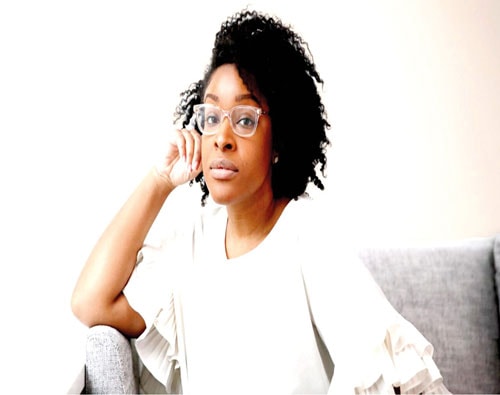Ninety percent of people with endometriosis say the pain and other symptoms they experience are disbe-lieved, dismissed, or ignored by others. In these interactions, doctors, employers, friends, and even family members are the ones often dismissing these symptoms. This dismissal of a person’s lived ex-perience can be damaging to their overall mental and physical health, leading to delays in proper diagnosis. Jennifer Cummings-Rabich’s daughter Shaylie is soon to be a teenager. While it’s an important mile-stone in any child’s life as they hurtle toward adult-hood, Cummings-Rabich says she’s “deathly afraid” of the possibility her daughter could develop endo-metriosis someday.
It’s an understandable concern. According to Yale Medicine, 1 in 10 women (this generally ranges from early adolescent ages up to the early 50s) who report pelvic pain are ultimately diagnosed with the condition. Beyond the statistics, it’s personal for Cummings-Rabich, of Queens, New York. In her own teen years, she experienced intense pain tied to her periods, something she thought was “a totally normal cycle,” never thinking it was “anything like endometriosis.”
“I just thought my cycles were completely normal,” Cummings-Rabich told Healthline. “You go through the pain; you go through your periods and every-thing.” Cummings-Rabich said she didn’t realize something was seriously wrong until she tried to get pregnant, experiencing intense bleeding that “looked like a murder scene.” She said her doctor made sure she had a laparoscopic procedure used to diagnose endometriosis. The laparoscopy ultimately revealed endometriosis, which looks and acts like endometrial tissue. Endometriosis was present in her bowel, and she also had endometriomas, cysts within or on the ovaries. That was March 2008, and she was 34. She was able to put an official diagnosis to her pain years after she first started experiencing it, something common for people with endometriosis.
After this initial diagnosis, she went on injectable fertility treatments and intrauterine insemination, and eventually got pregnant and gave birth to Shaylie. But the pain didn’t stop. In fact, she said it “came back with a vengeance,” and by 2016, she was noticing “lower back pain, cramping, and eventually blood coming out of my rectum.” She knew something was seriously wrong and said she “practically begged” her gynecologist for a hysterectomy. Cummings-Rabich was told that would be unnecessary and that “it would cause too many problems.” Her gynecologist sent her in for testing, including a colonoscopy and a pelvic sonogram. Everything came out clear, “not even a cyst,” Cummings-Rabich recalled.
A year later, she had difficulty laying on her left side due to the presence of a large mass. She was ultimately diagnosed with stage 1C of ovarian clear cell carcinoma, a form of ovarian cancer.










